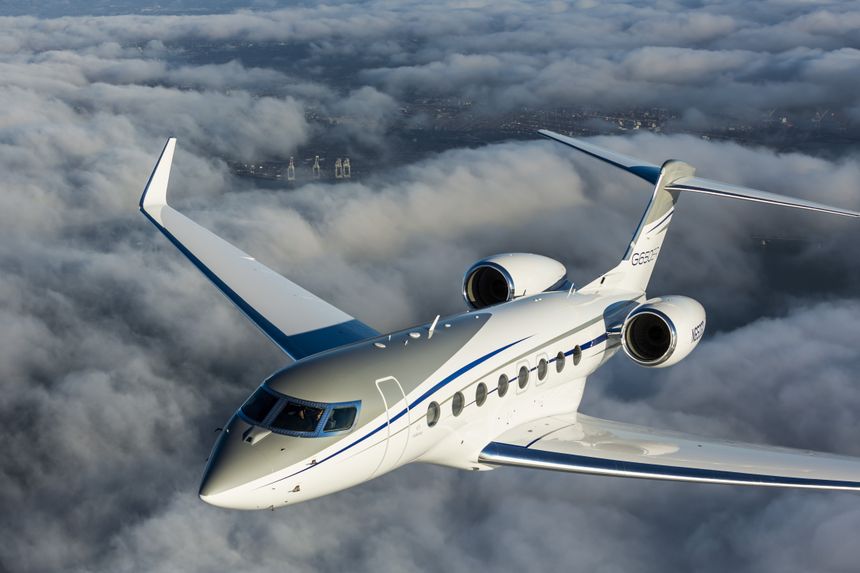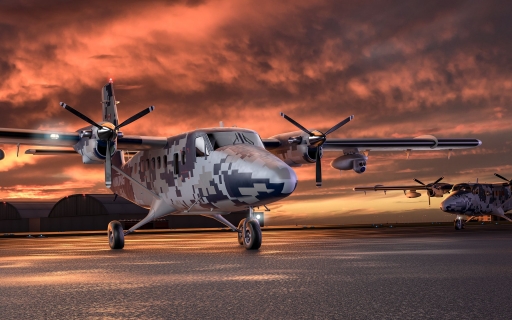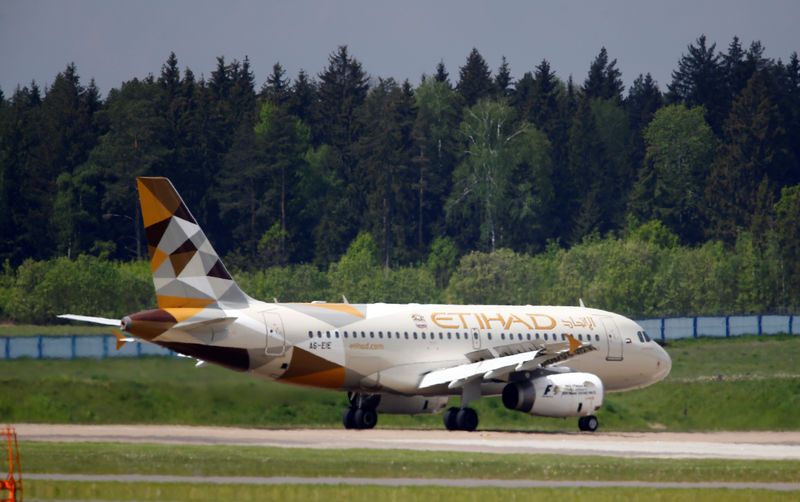(Bloomberg) — Qatar has made agreements with U.S. companies to spend billions on airplanes and jet engines and to develop a petrochemical complex, the White House said on Tuesday.
At least some of the deals were previously made but were publicly touted by the Trump administration Tuesday. Among them: Qatar Airways purchasing Boeing Co. 777 freighters and large-cabin aircraft from Gulfstream Aerospace, the private jet unit of General Dynamics Corp.
“They’re investing very heavily in our country,” Trump told reporters at the White House. “They’re creating a lot of jobs. They’re buying tremendous amounts of military equipment including planes.
Qatar’s defense ministry committed to acquire Raytheon Co.’s NASM and Patriot Systems, according to the White House. In addition, a unit of Chevron Corp. entered into an agreement with Qatar Petroleum for the development, construction and operation of a petrochemicals complex in Qatar.
The agreements, whose total cost wasn’t disclosed by the White House, were announced during a visit to the White House by the emir of Qatar, Sheikh Tamim Bin Hamad Al Thani.
The deals come amid a two-year economic blockade of Qatar led by U.S. ally Saudi Arabia and supported by nations including Egypt and the United Arab Emirates. Trump initially appeared to support the Saudi move — echoing its assertions that Qatar supported terrorists — even though it put the U.S. in an awkward position because it has a major military base in Qatar.
But Qatar has looked to improve relations in the U.S., with the emir saying the country was committed to doubling the economic partnership between the two countries. Mansoor bin Ebrahim Al Mahmoud, who leads the Qatar Investment Authority, said earlier this year that the country’s sovereign wealth fund will look to increase its U.S. investment portfolio from around $30 billion to about $45 billion over the next two years.

The country has also made significant gestures toward increasing its spending on U.S. defense contractors, with the U.S. approving a large weapons systems purchase ahead of Sheikh Tamim’s last visit to the country. In 2017, the country signed a deal to spend $12 billion for the purchase of 36 F-15QA fighter jets.
And the U.S. has announced plans to expand and renovate the al-Udeid Air Base near Doha, which houses the forward headquarters of the U.S. military’s Central Command and some 10,000 American troops. During a dinner with the leaders on Monday, Trump thanked Sheikh Tamim for Qatar’s $1.8 billion investment in the project which will be used to construct housing and entertainment facilities.
Several companies have released specifics of some of the agreements that were formalized on Tuesday.
Gulfstream said its deal is for $1 billion in corporate jets that General Dynamics announced in January without giving the customer’s name. Boeing said last month it made a deal to sell five 777 freighters at a list price of $1.8 billion.
Qatar Airways plans to use General Electric Co. jet engines for Boeing 787 and 777 aircraft, according to the White House.
A Chevron statement Tuesday said the company was signing a new agreement at the White House for a previously unannounced $8 billion U.S. Gulf Coast project. The White House statement mentions only a prior deal, announced last month, in which the company would join forces with Qatar Petroleum to build a facility in Qatar.
(Story by Justin Sink and Thomas Black, Edited by Alex Wayne, Justin Blum, and Larry Liebert)













